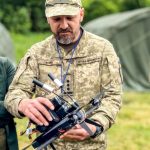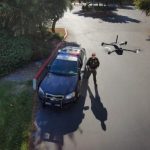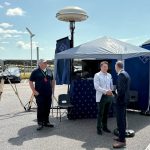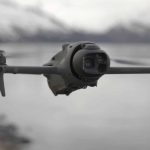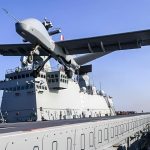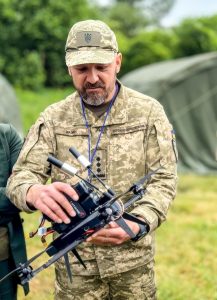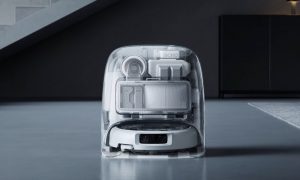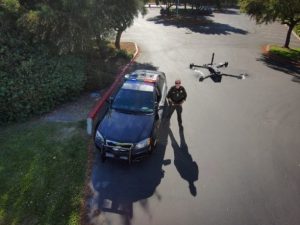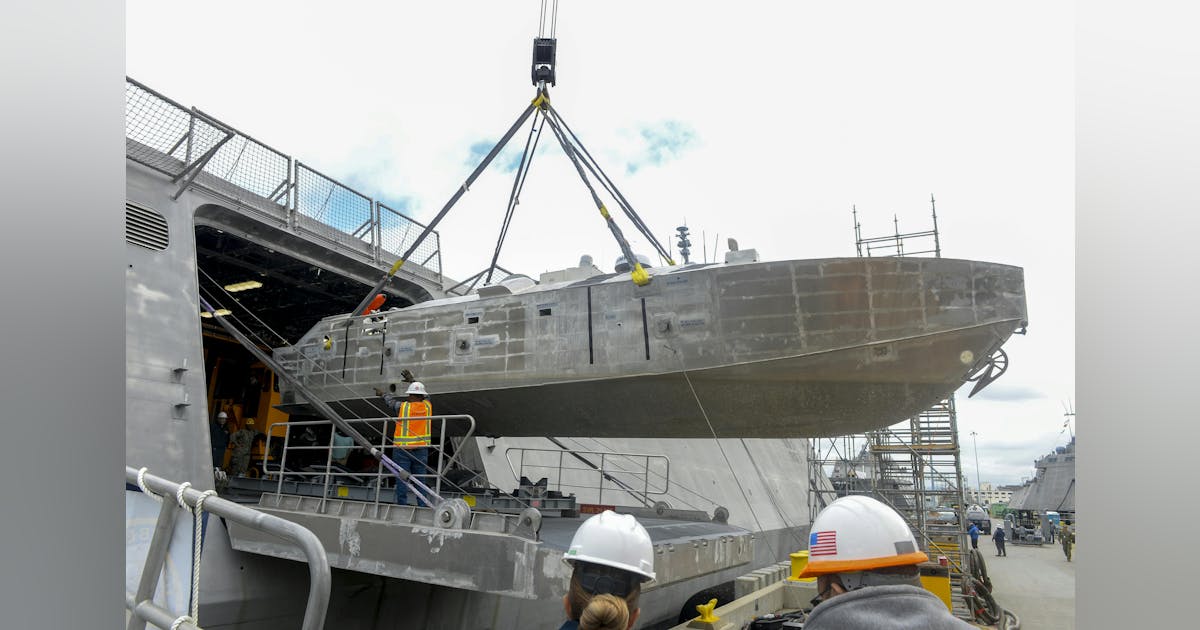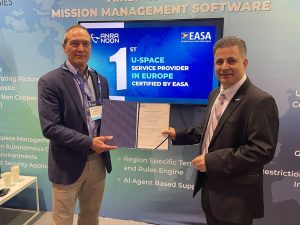U.S. Navy Enlists Bollinger Shipyards for Uncrewed Surface Vessels
The U.S. Navy has contracted Bollinger Shipyards to enhance its fleet with additional Mine Countermeasures Unmanned Surface Vehicles (MCM-USV), equipped with advanced counter-mine sensor payloads. This $65.7 million project is part of the Navy’s initiative to transition from crewed operations traditionally performed by MCM-1 class ships and MH-53E helicopters, both being phased out.
Last month, Bollinger Shipyards successfully delivered the first three MCM-USVs to the Navy. These vessels represent an important advancement as they are the Navy’s initial non-prototype autonomous surface ships, designed for mine-hunting missions.
Enhanced Counter-Mine Capabilities
The MCM-USV’s mission involves locating, identifying, and neutralizing underwater mines without risking sailors’ lives in hazardous waters. Equipped with sophisticated sensor systems, these uncrewed vessels can operate from naval surface ships as well as from shore installations.

Among the counter-mine sensor payloads, the MCM-USV utilizes the Textron Minesweep Payload Delivery System (MS PDS) and the Raytheon Minehunt Payload Delivery System (MH PDS). The Textron system detects magnetic, acoustic, and combined mines through innovative technologies, while the Raytheon system employs advanced sonar to categorize and identify maritime threats.
Future Developments with MAGNUSS
In collaboration with the U.S. Office of Naval Research, Textron is also developing the Magnetic and Acoustic Generation Next Unmanned Superconducting Sweep (MAGNUSS), aimed at further enhancing the unmanned systems’ capabilities. MAGNUSS features high-temperature superconducting magnets coupled with acoustic generators, offering unprecedented efficiency in detecting and neutralizing mines.
Bollinger Shipyards is set to execute this new contract in Lockport, Slidell (LA), Portsmouth (VA), and Columbus (IN), with a project completion target by September 2028. For further details, visit Bollinger Shipyards online at www.bollingershipyards.com or the Naval Sea Systems Command at www.navsea.navy.mil.
For more insights, check out the original article details on the uncrewed technologies and their enhancements.
Original Article
